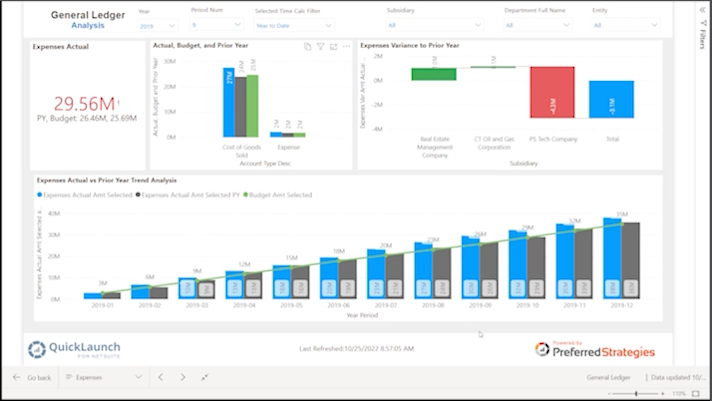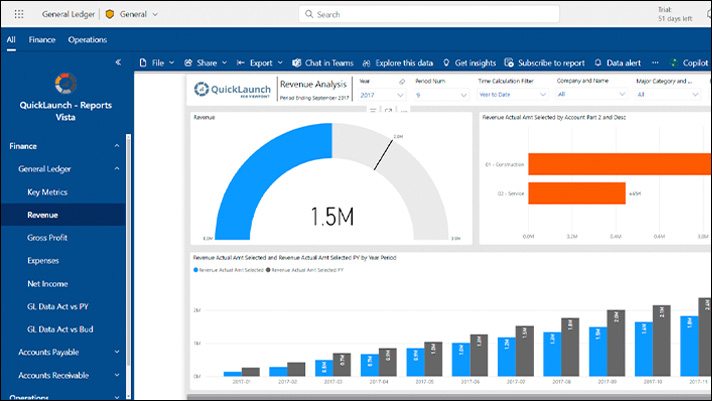
Contrary to the opinion of Colonel Nathan Jessup, portrayed by Jack Nicholson in the 1992 movie A Few Good Men, not only can you handle the truth, but you must as an essential aspect of a self-service data environment.
For business leaders who rely on reports to gain analytical insights, the accuracy of the source data is of utmost importance. If the source data is suspect, then the resulting outputs must be given an equal amount of suspicion.
Unlocking the Tribal Knowledge
Historically data and analytics tasks have been handled by IT. The business user would request a report, and the IT department would source, cleanse, enrich and transform the data using Extract, Transform and Load (ETL) processes. Because the IT person is knowledgeable about data they can see when there are data errors, and perform cleansing, normalization or other processes as needed prior to transformation. This tribal knowledge is usually not transferred from one user to another or captured as necessary steps when using a specific data source. When that person leaves the company, the tribal knowledge leaves with her, requiring the next member of the IT department to learn the process and nuances of data sources all over again.
The concept of master data management (MDM) was introduced to alleviate some of this tribal knowledge lock-in. The concept is straightforward; if there is a data source that is accessed regularly, such as customer data or sales data, then perform these cleansing and normalization tasks and store a new, clean, managed data set that others can access. Operational processes must be put in place to implement Change Data Capture or Incremental Data Capture functions on the source dataset, and to ensure that the same processes are applied and then update the master dataset—the trusted data—for that source.
Beyond the data is the need for clarity around data attributes or column headers in a database. These are often obscure, such as those in JD Edwards ERP systems, whereby a business user would be unlikely to know the meaning of the attribute name. The Preferred Strategies QuickLaunch product leverages the JDE dictionary by exposing the translation from obscure attribute descriptions to the modern BI tools.
Trusted Data Sources
In the new paradigm of self-service data and analytics, the importance of trusted data becomes even more paramount so that business users across the organization can feel confident about data integrity. This can be achieved by hosting the curated or trusted data in an environment such as a data warehouse or cloud hosting solution such as Microsoft Azure or AWS and connecting BI tools such as Microsoft® Power BI to that data. If you do end up using Azure, it is crucial that you are constantly monitoring its performance to ensure that it is working at a high level. To make this happen, it may be a good idea to have a look at somewhere like https://www.thousandeyes.com/solutions/azure-monitoring to familiarise yourself with how Azure monitoring works. The Preferred Strategies QuickLaunch Direct Connect and Data Warehouse option provides this level of data governance. The Analysis Services Tabular/Cube option provides for an even greater level of governance and security namely, metrics or calculated values governance.
The business user will know that the insights being generated are derived from data that the whole organization believes to be the most accurate – the real power behind trusted data. In this scenario, any debate is about the insights being derived or presented, and not about the accuracy of the data itself.
Trusted Calculated Measures and KPIs
This same level of governance and trust extends beyond source or derived data into calculated measures or KPIs, such as cost of goods sold (COGS). COGS, or sales margin, often requires multiple attributes to be combined together, such as raw material cost, handling costs, manufacturing cost, packaging costs, documentation costs, shipping costs, etc. In some cases there may be as many as 30 or more attributes, leaving plenty of margin for error. And yet COGS is a critical number to get right if you are trying to understand profitability. Manufacturers with multiple divisions—especially where a division has been acquired—often find that calculated values are derived differently between business units, again undermining the trust of the derived business insights and reports.
The good news is that there are tools on the market to help JD Edwards customers identify and manage trusted data. Preferred Strategies QuickLaunch™ for example leverages over 10 years of knowledge built up around JD Edwards and provides governance for calculated measures and a host of other business-specific calculated values. When using QuickLaunch, the entire organization can be assured that the when they drag Revenue or Quantity on Hand onto a visualization canvas the underlying data and calculations will be correct. These calculated values are “locked down” by a data governance policy that prevents users from changing the underlying data attributes or the calculation.
How many presentations have you been in when reviewing analytics or reporting on data-driven insights where the first question from the audience is, “Where did you get this data?”. Trusted data answers this question—unequivocally!









